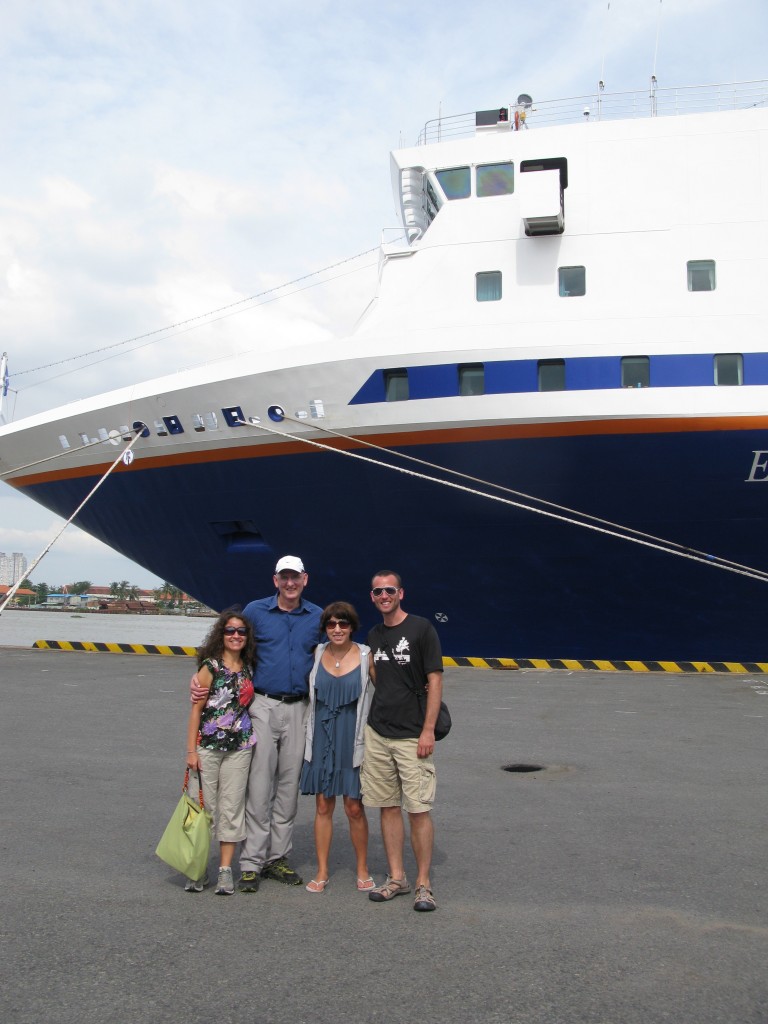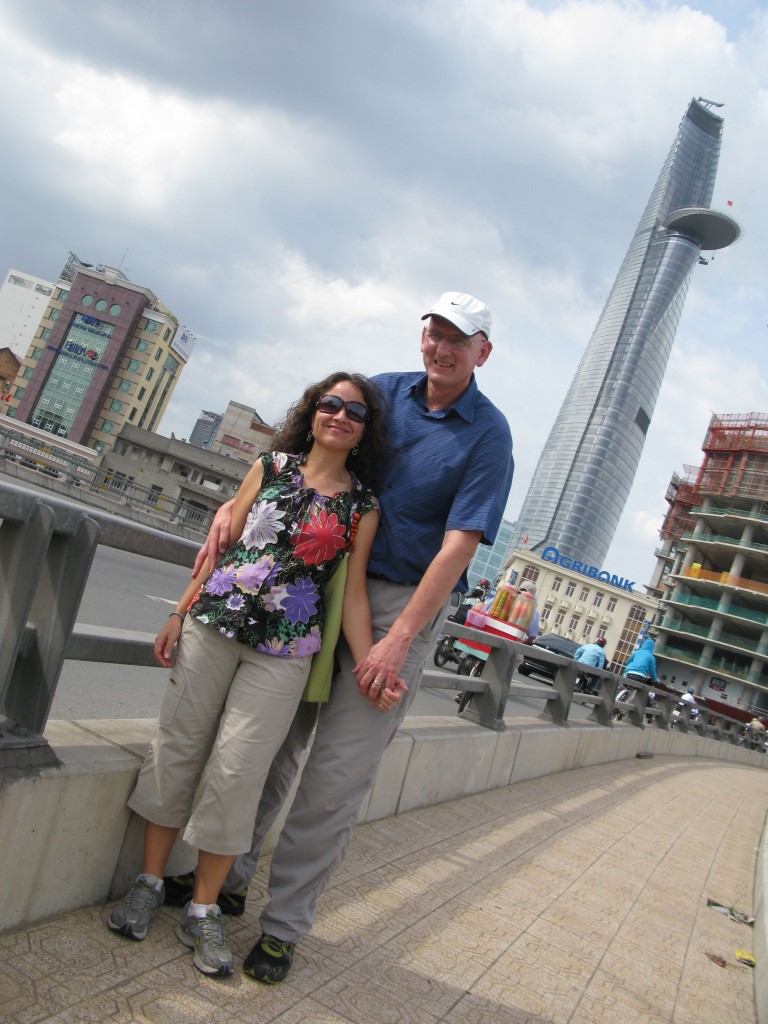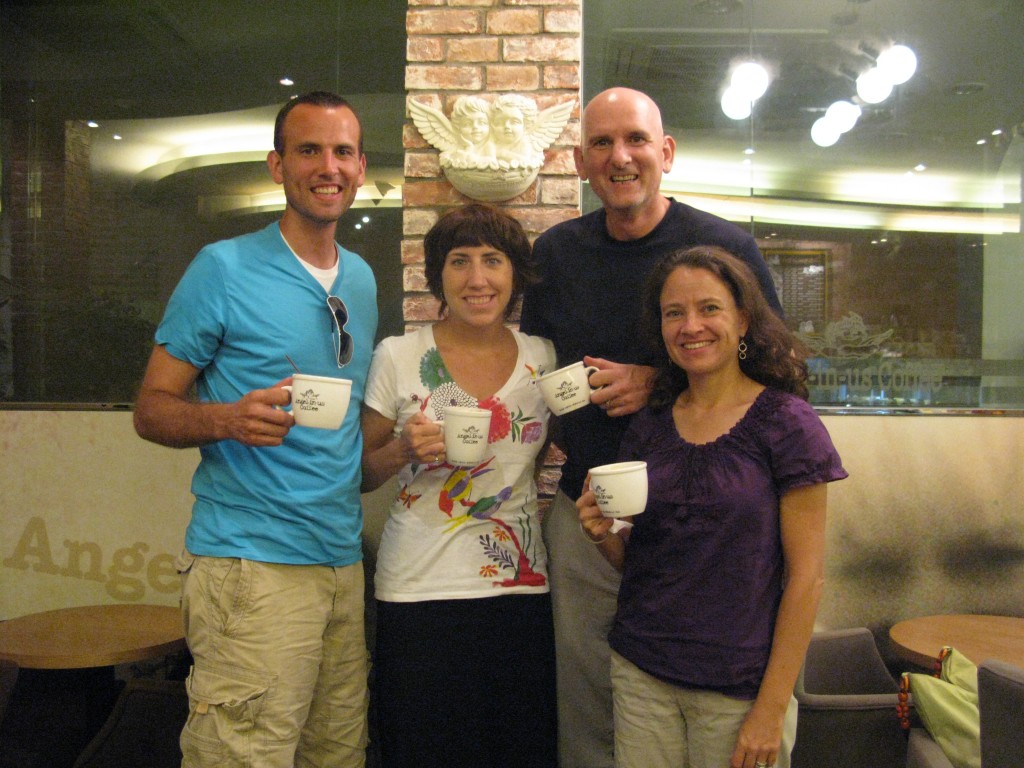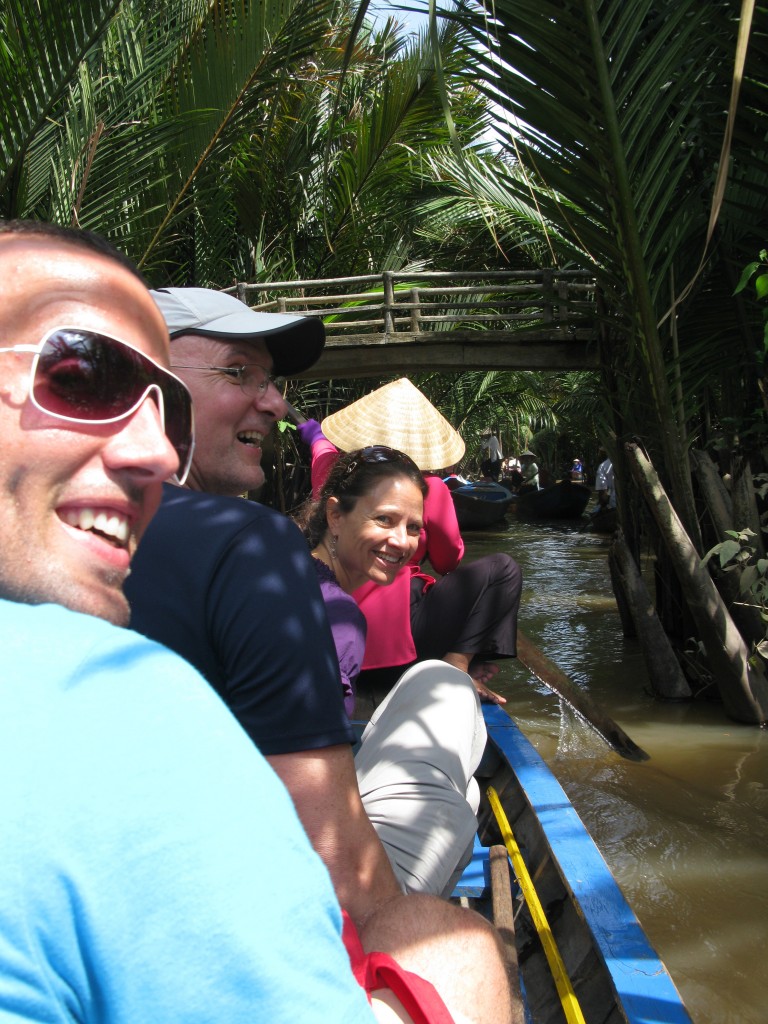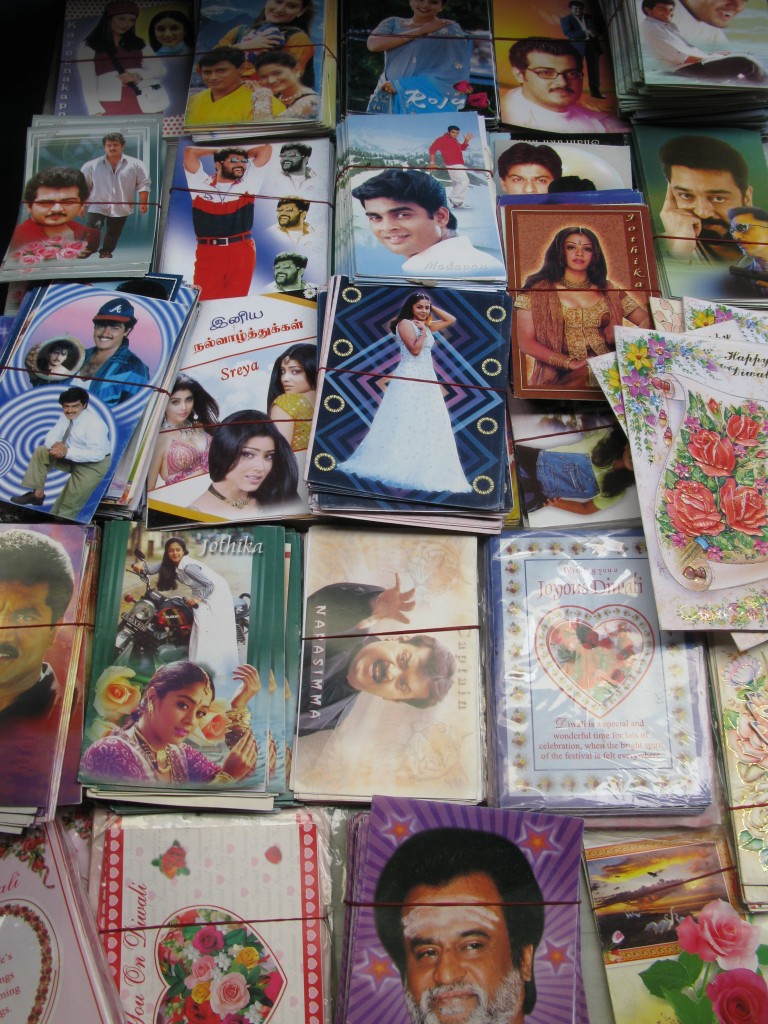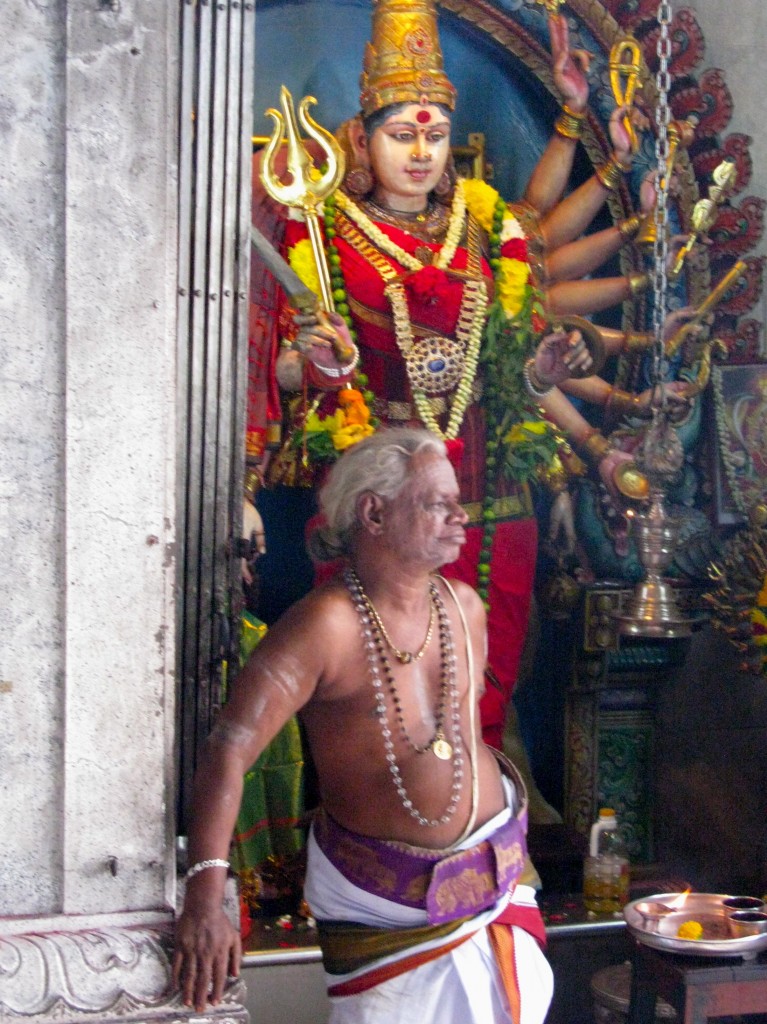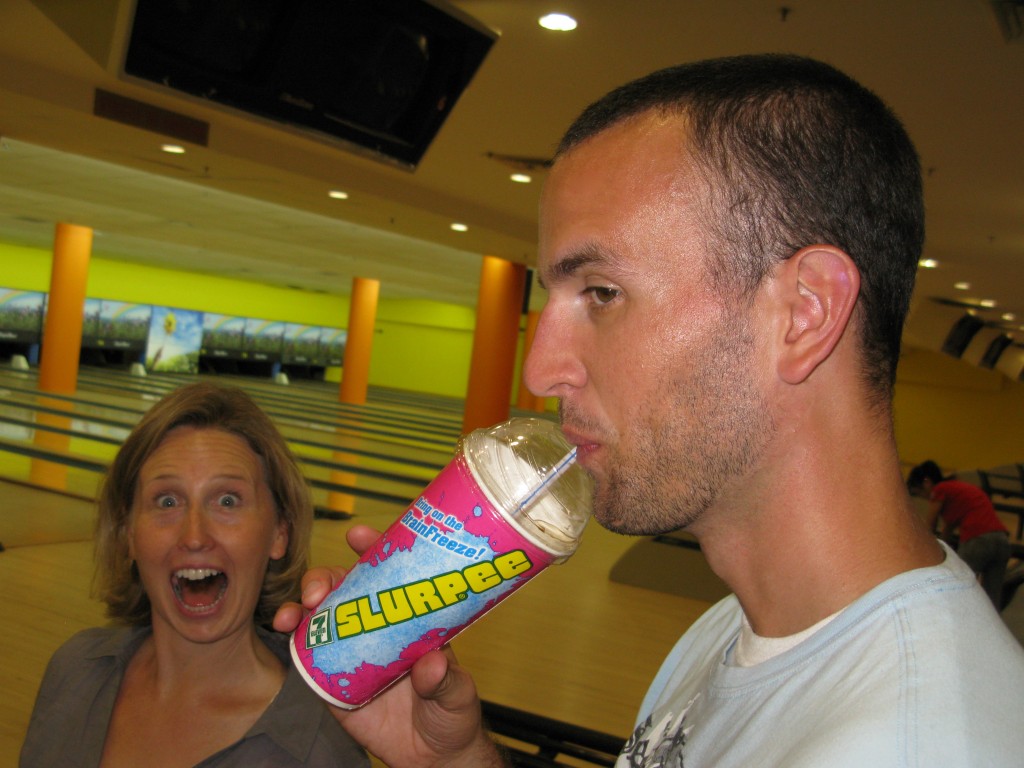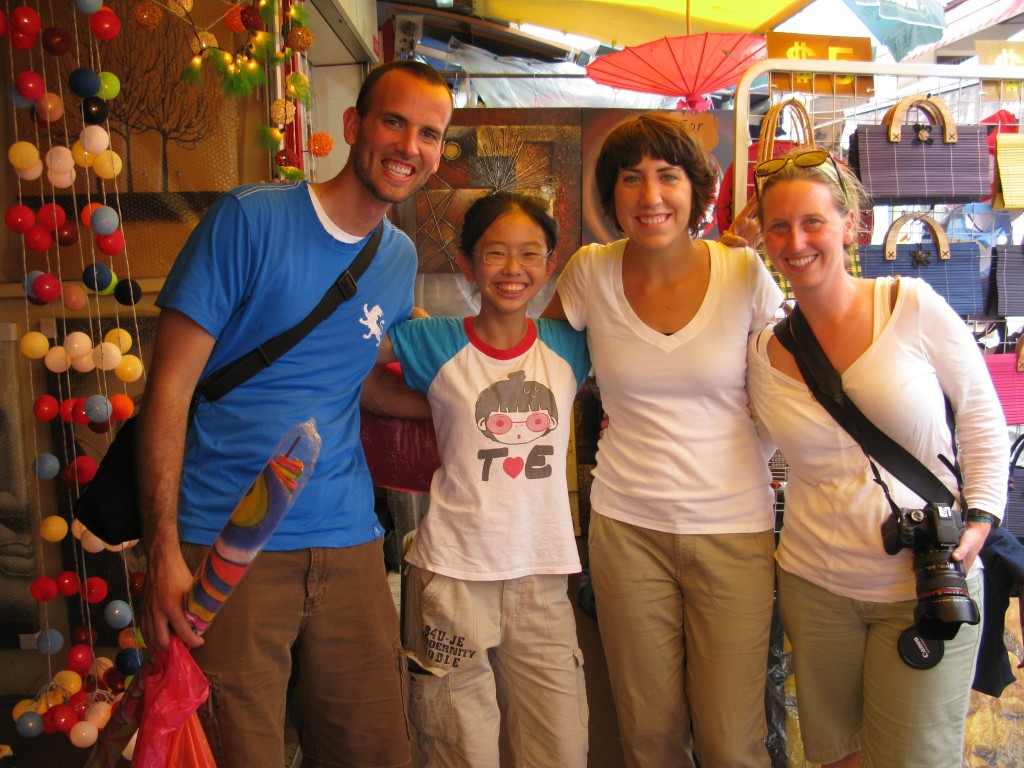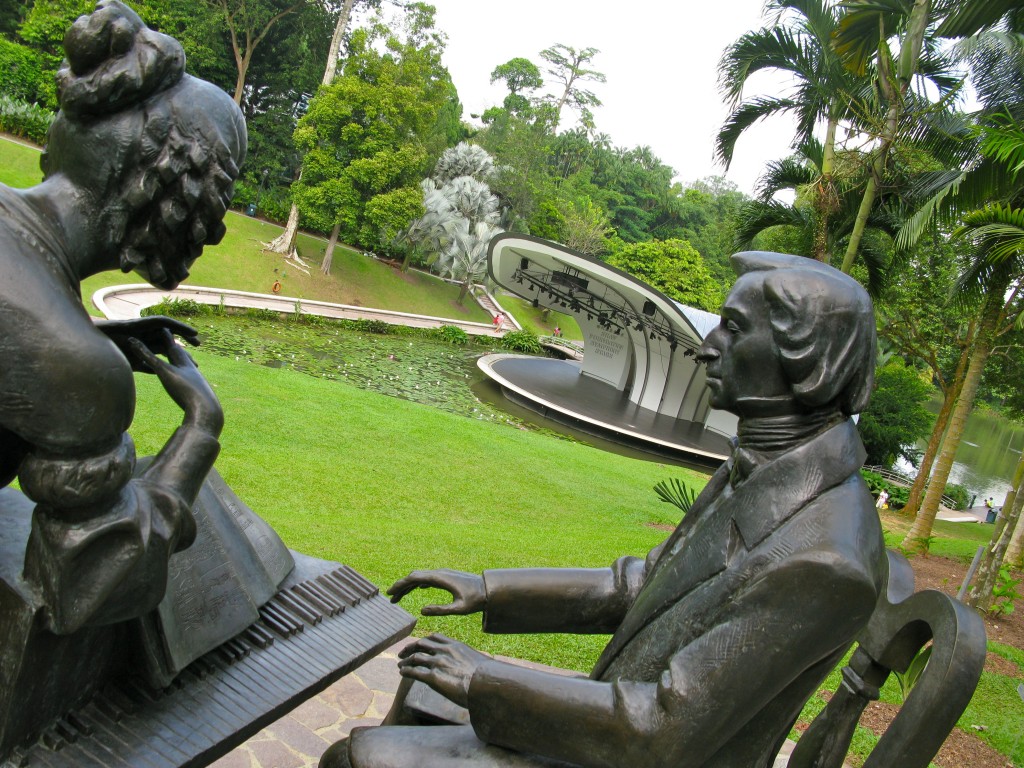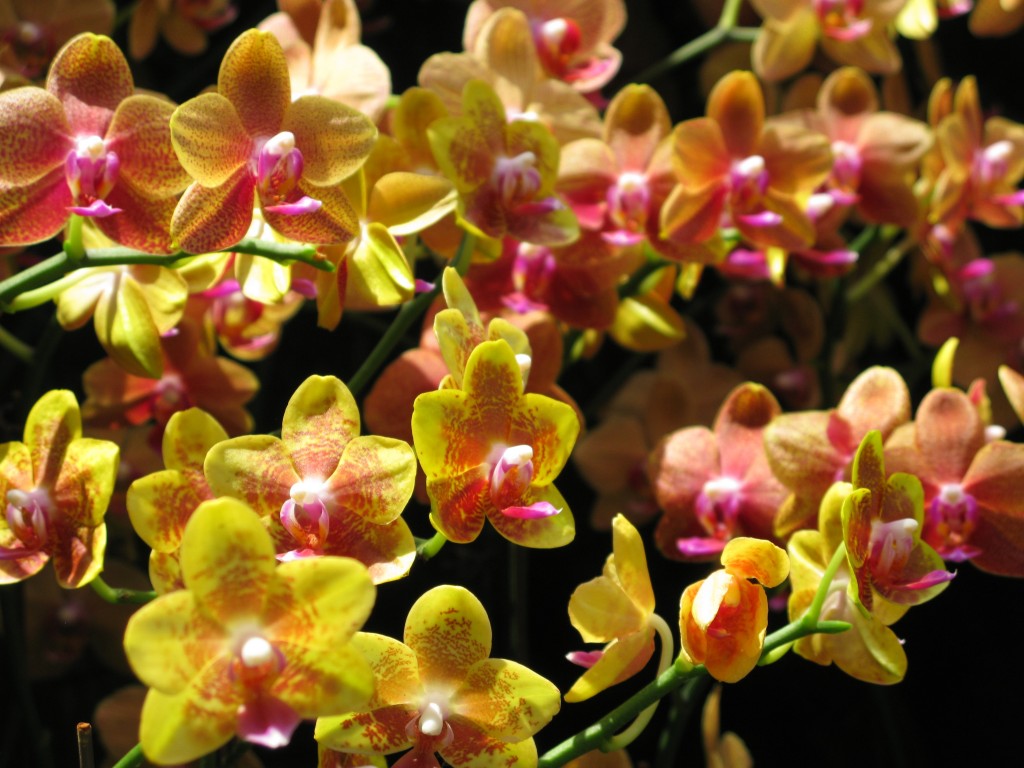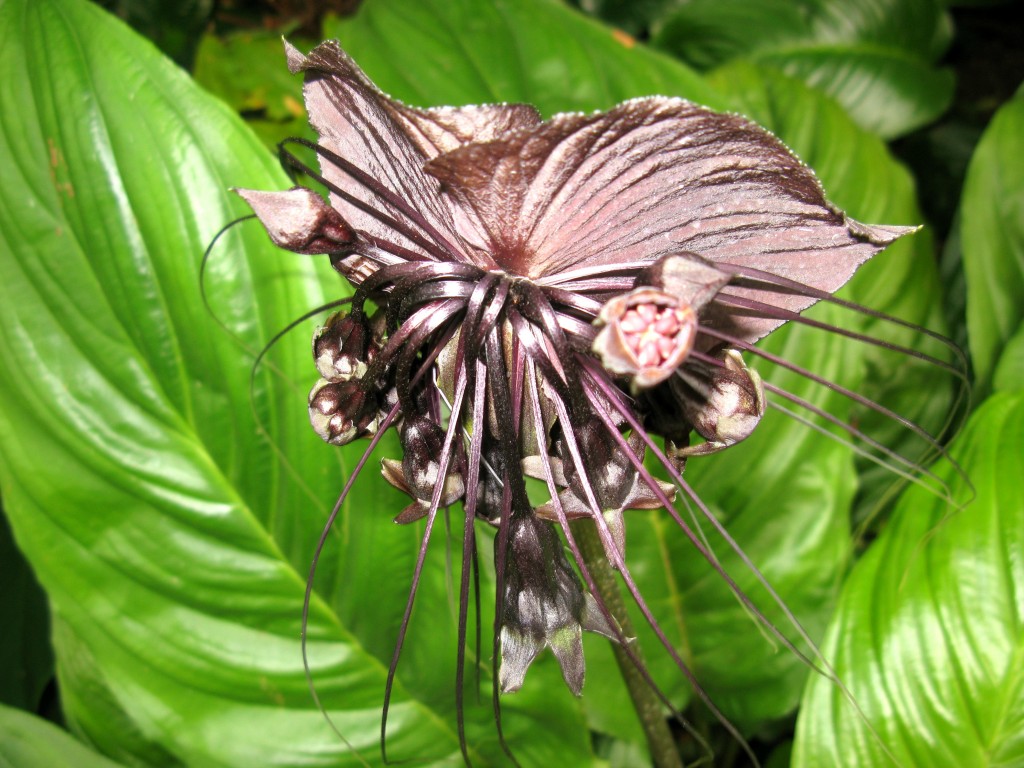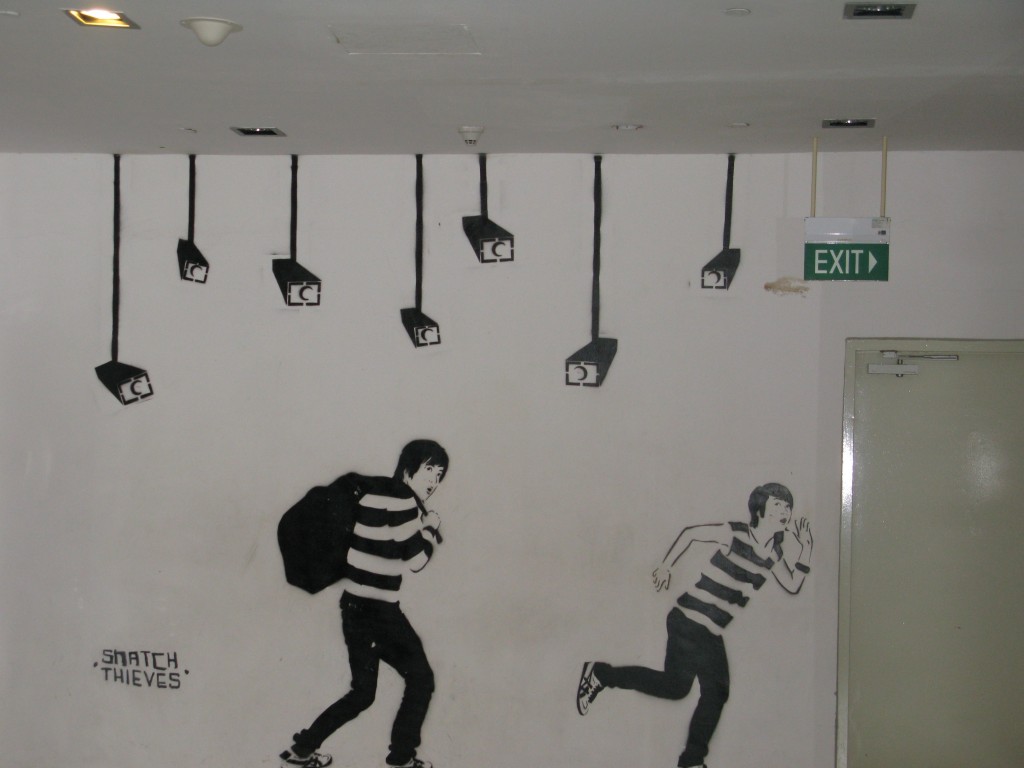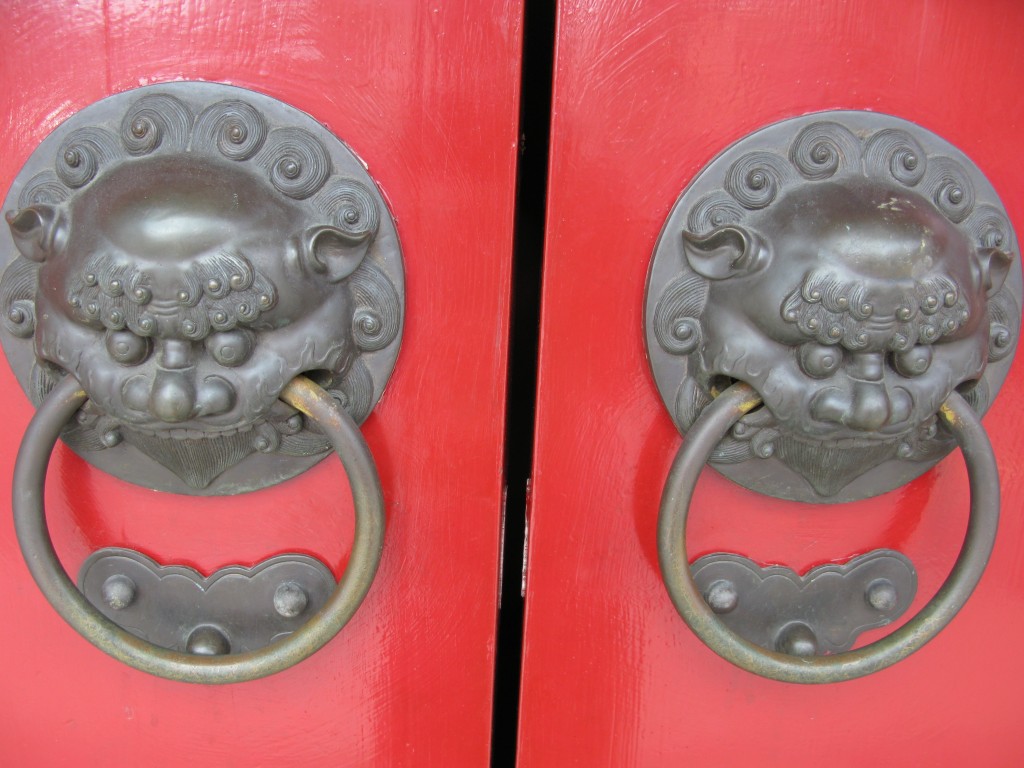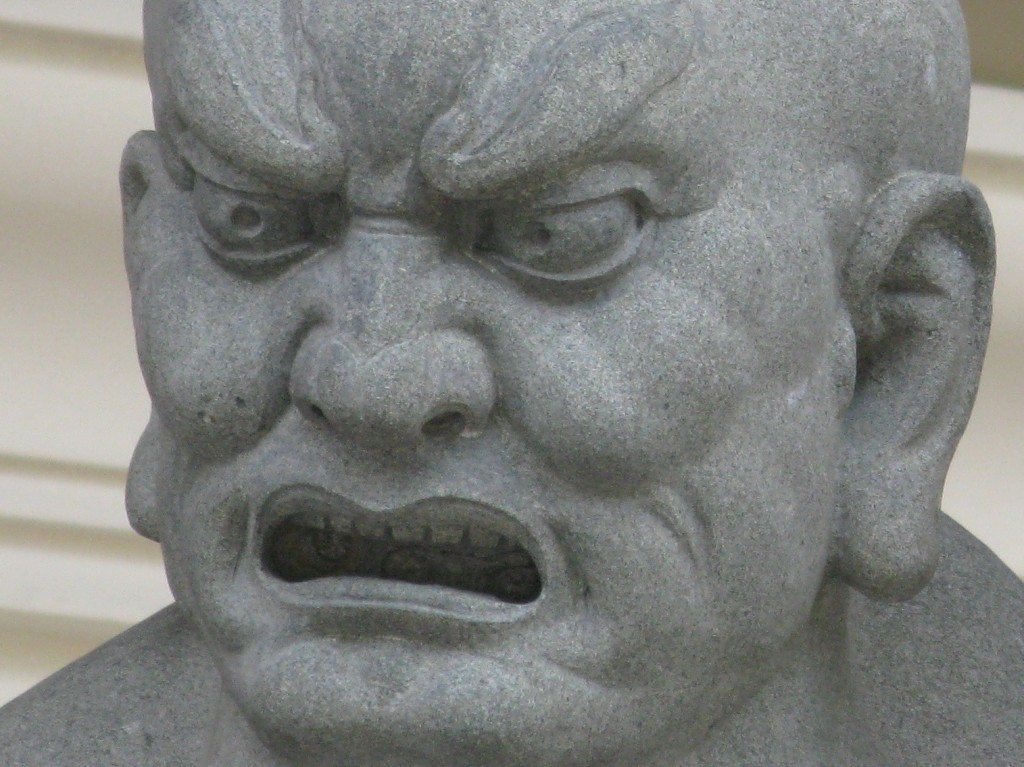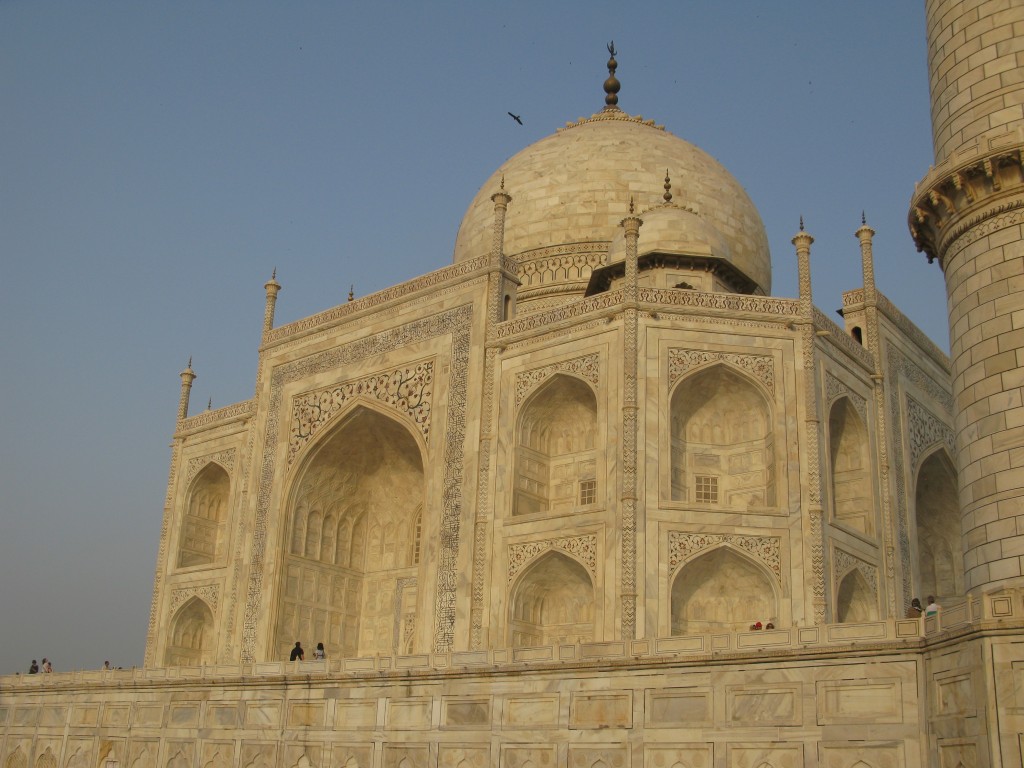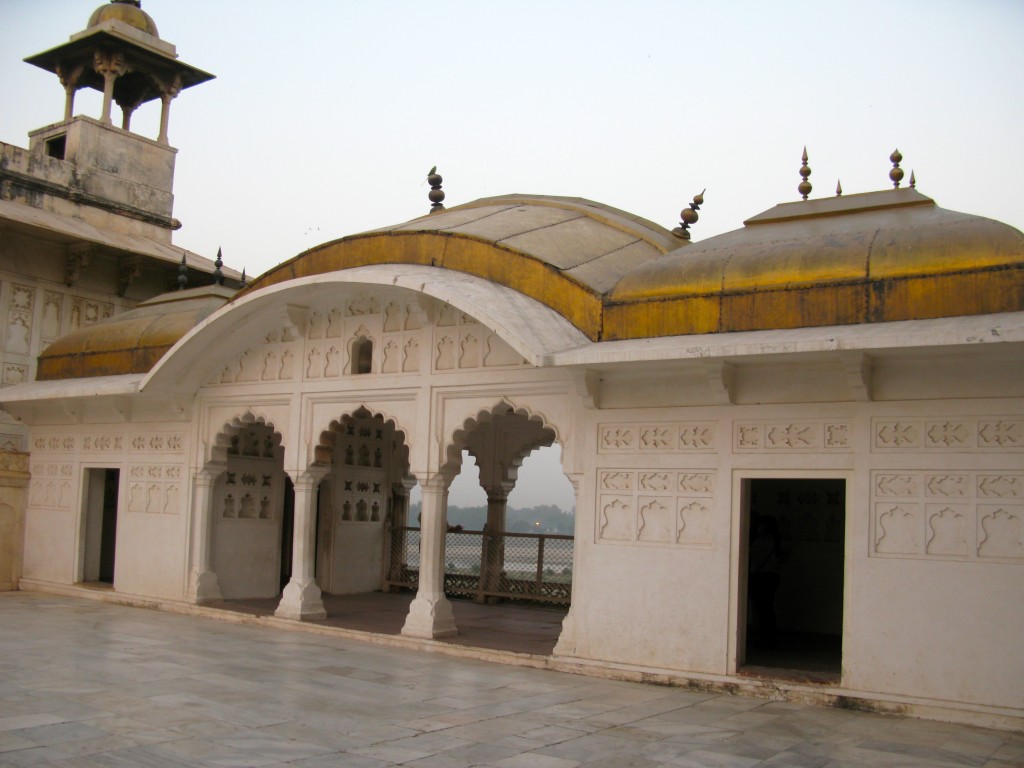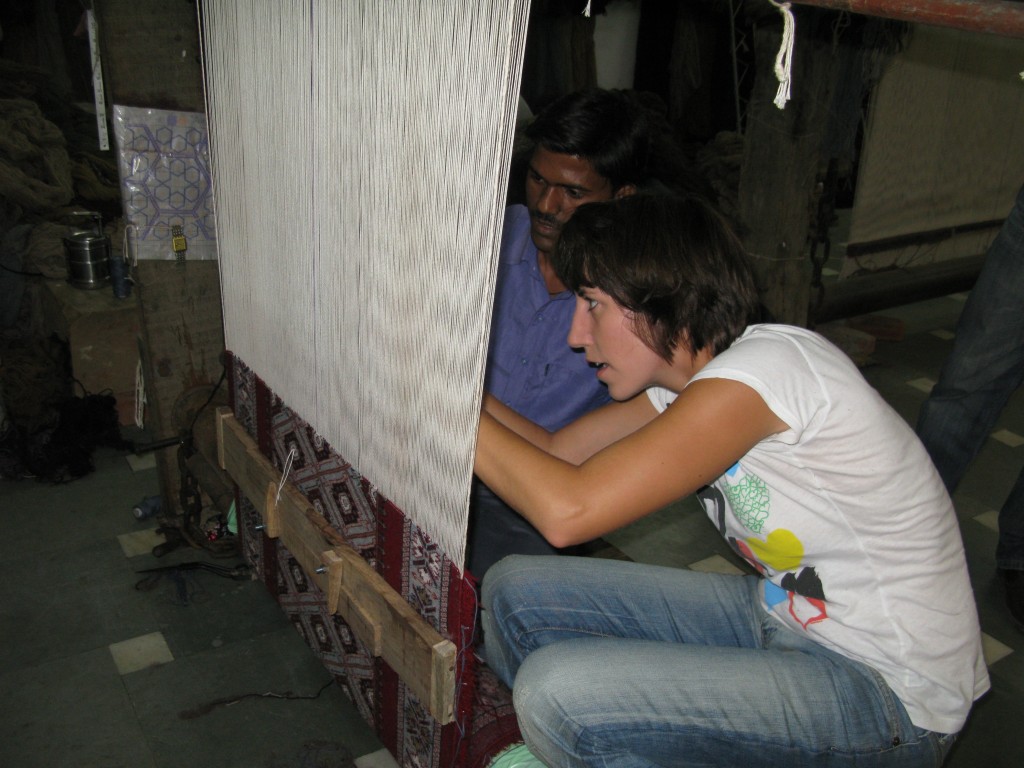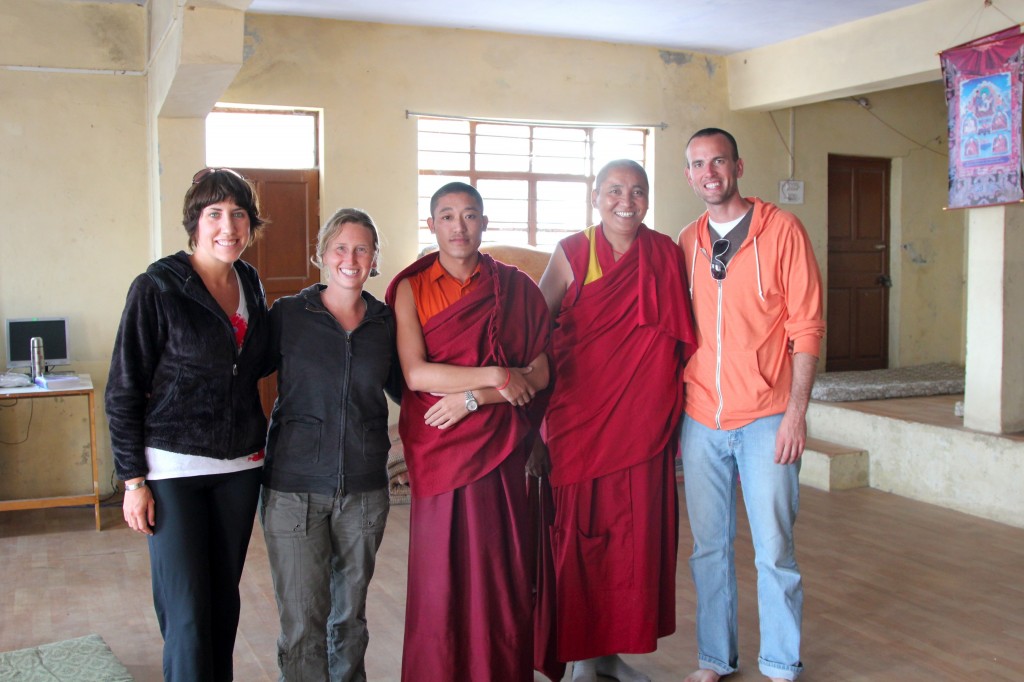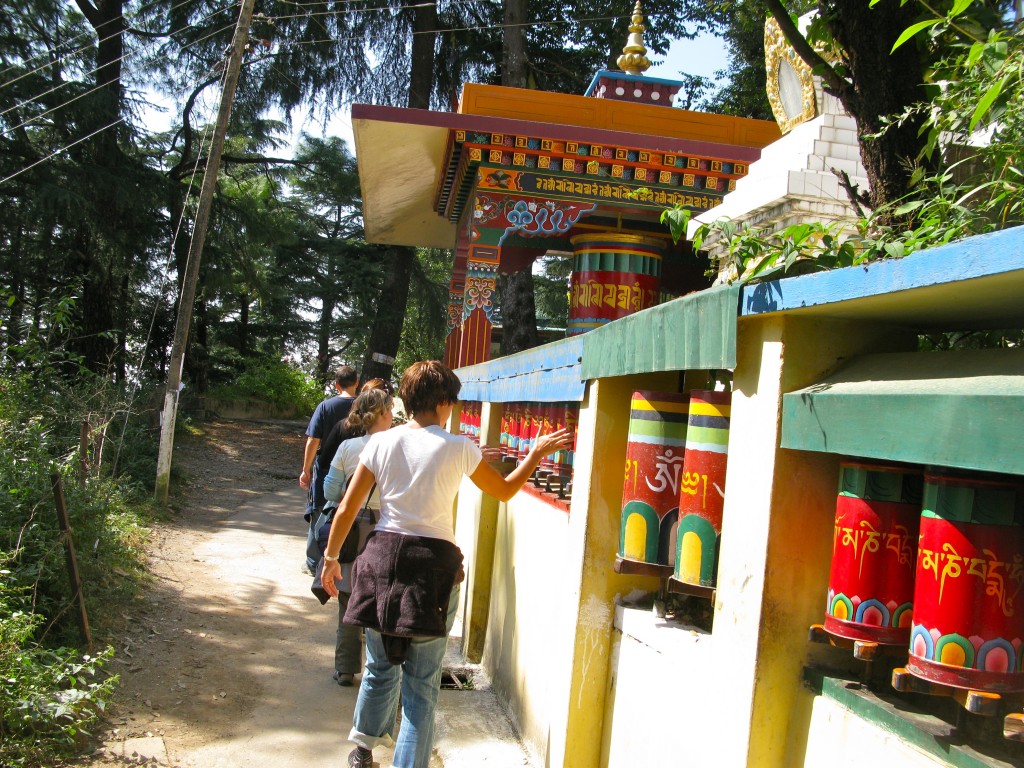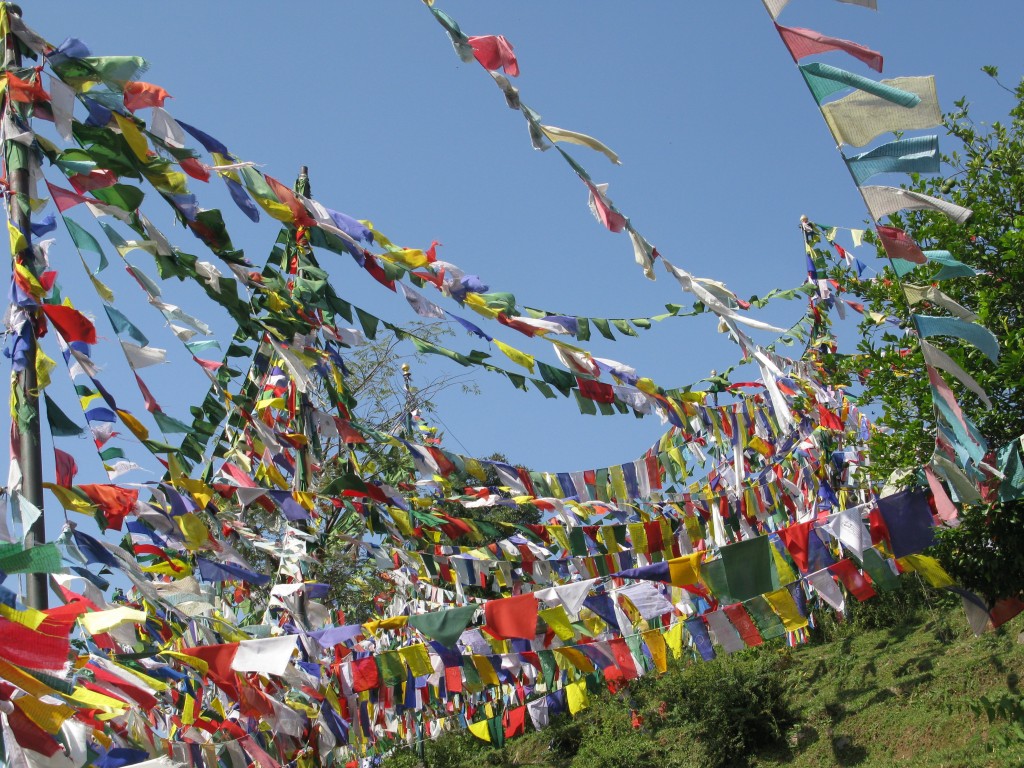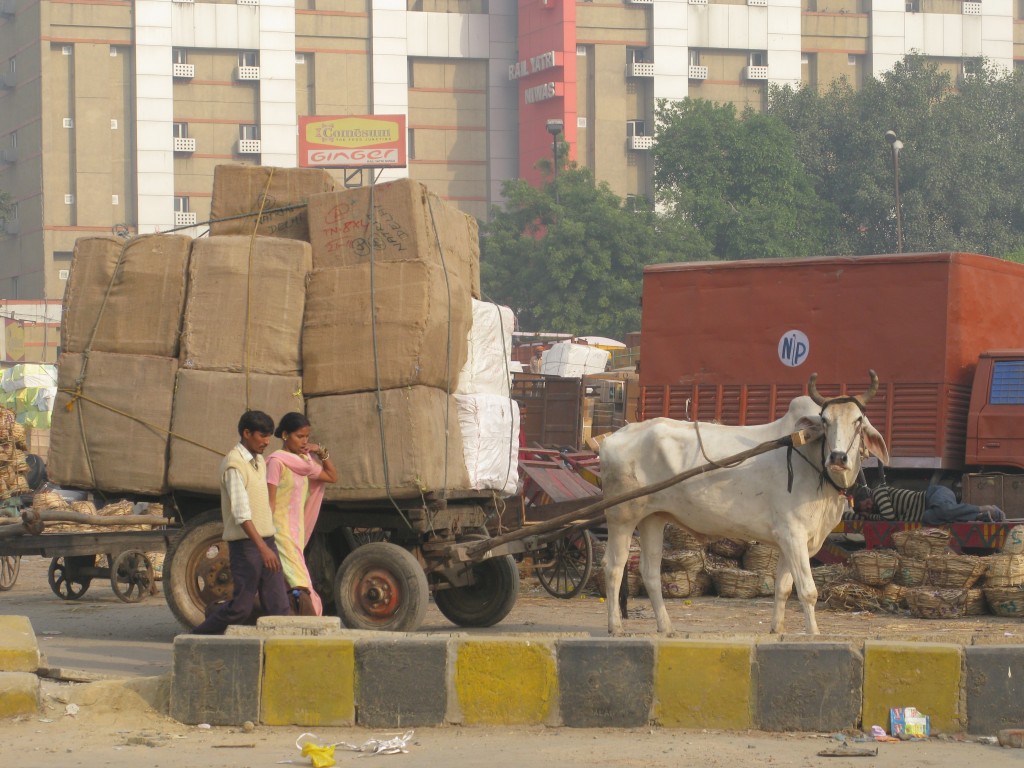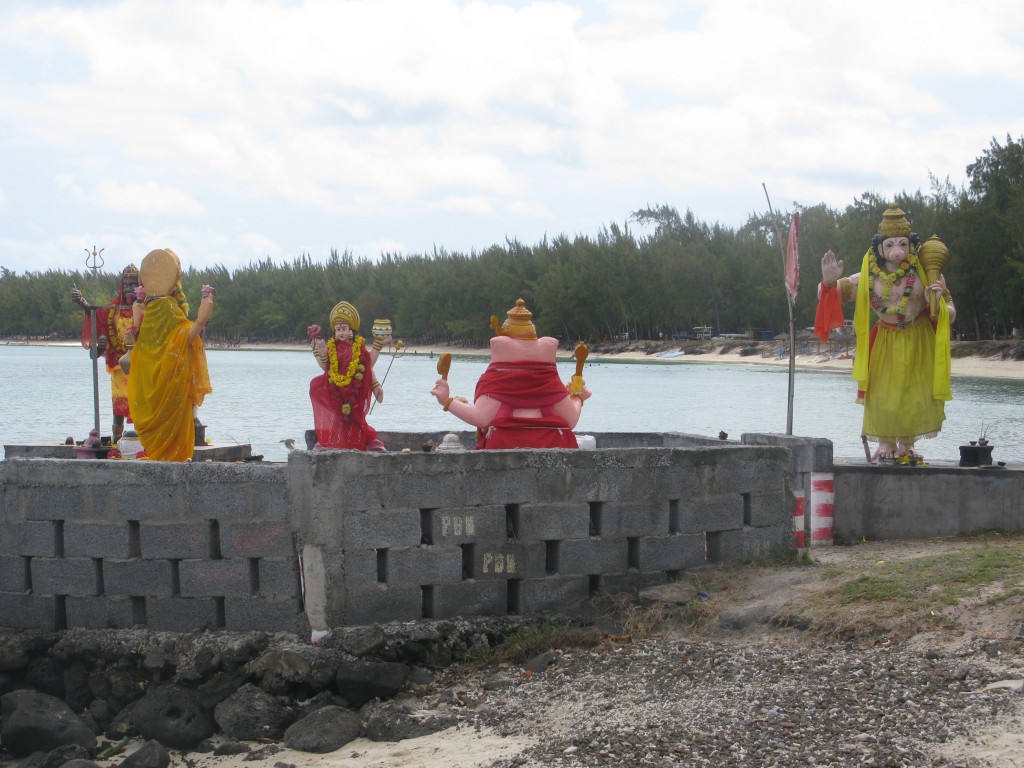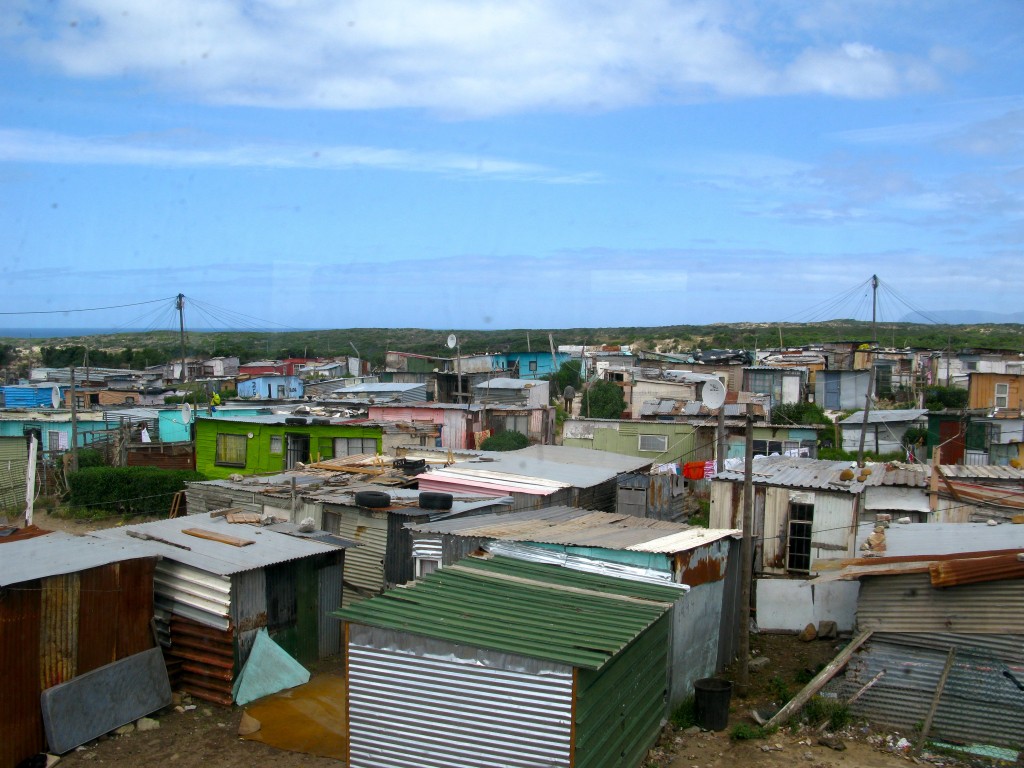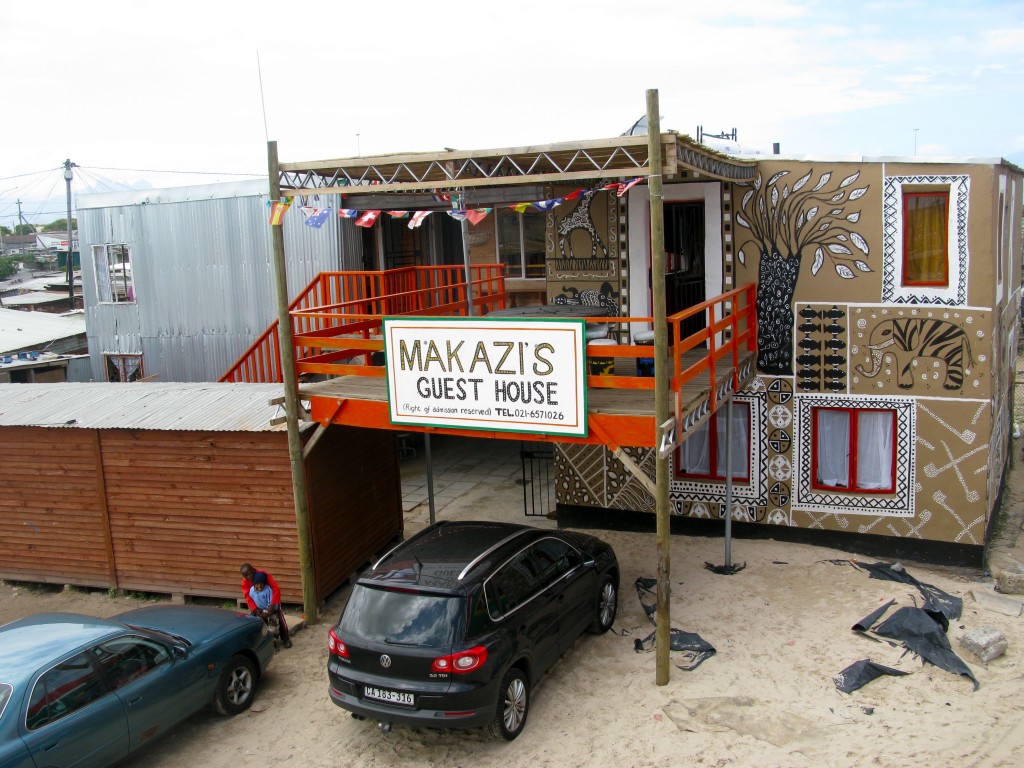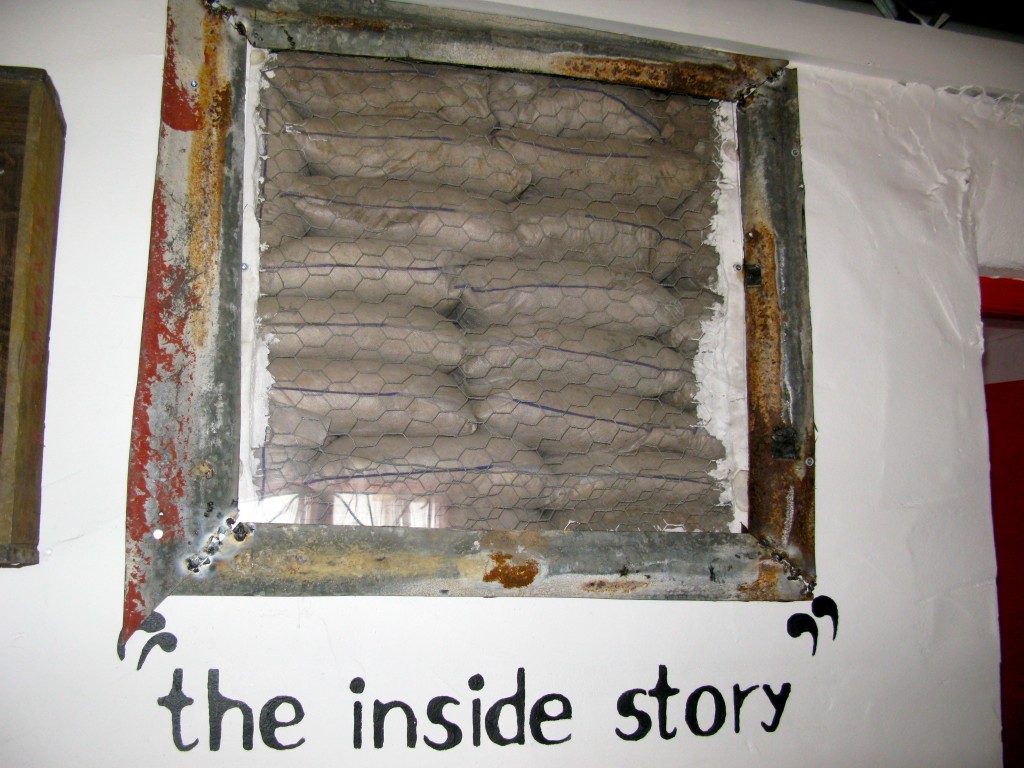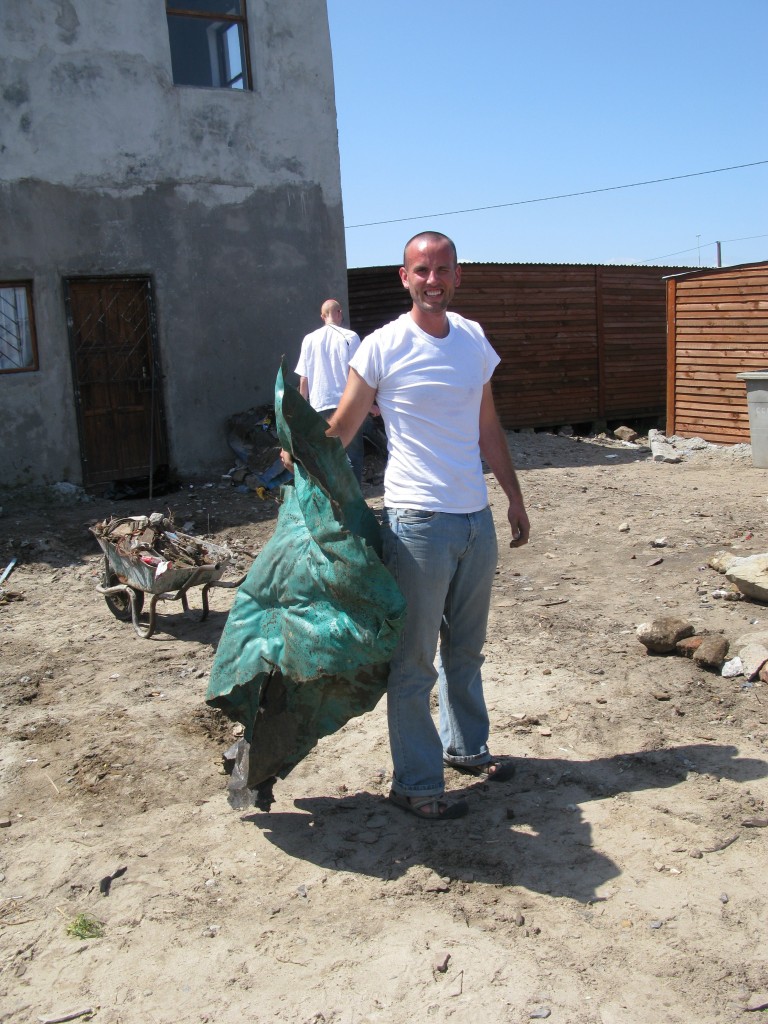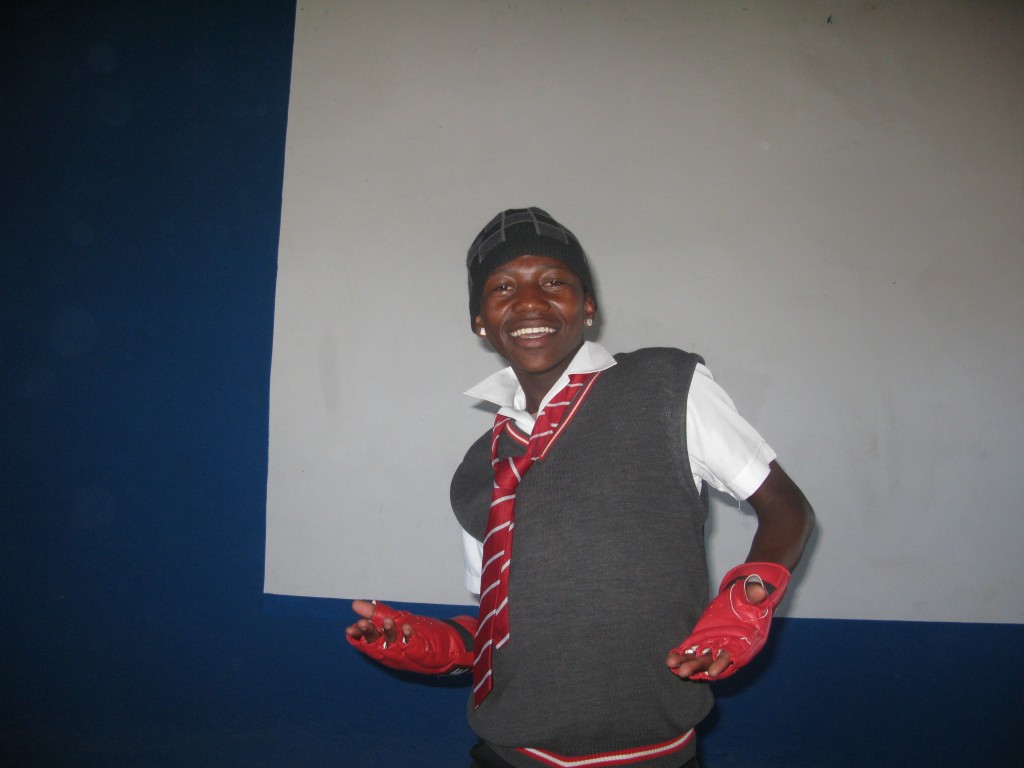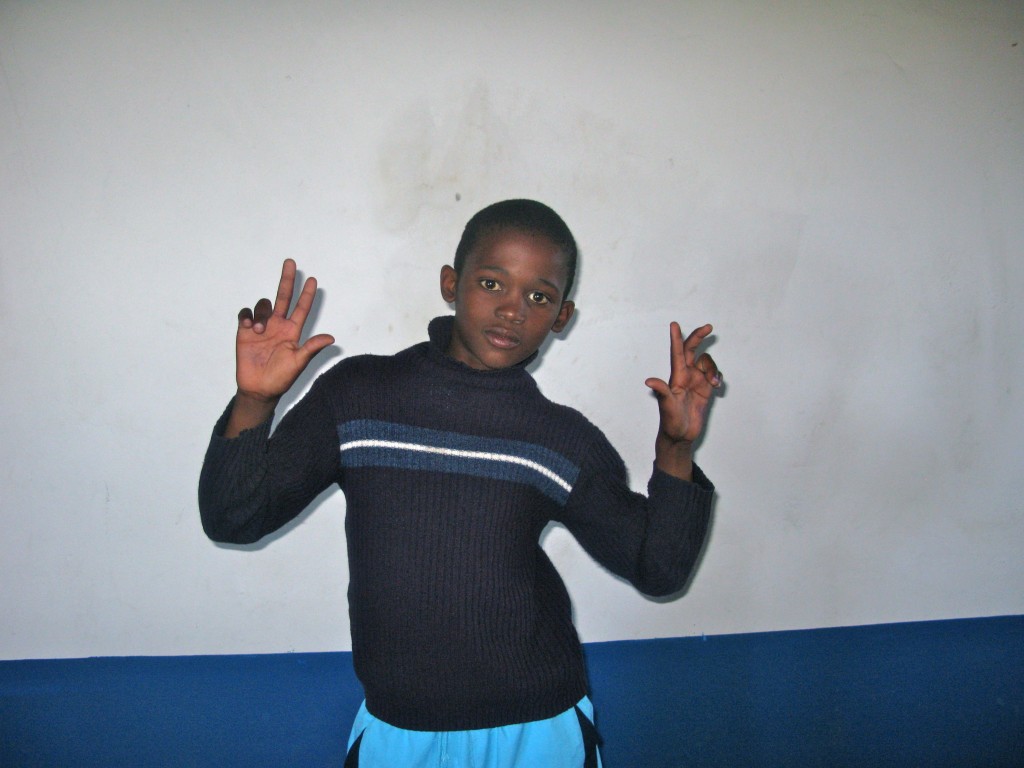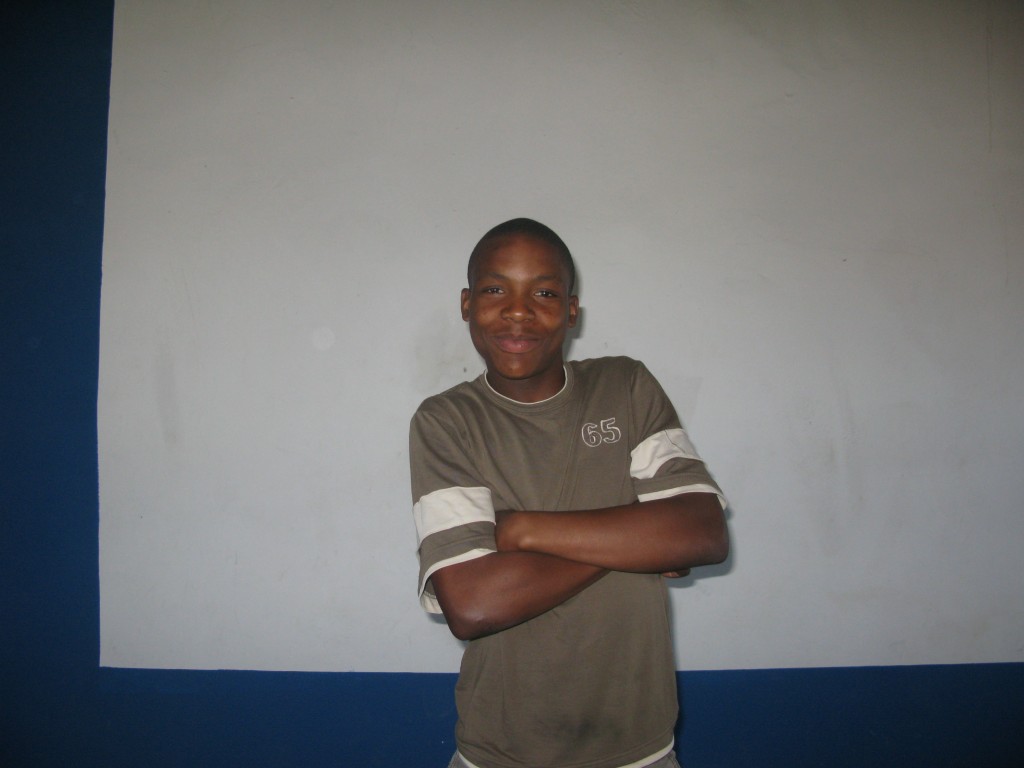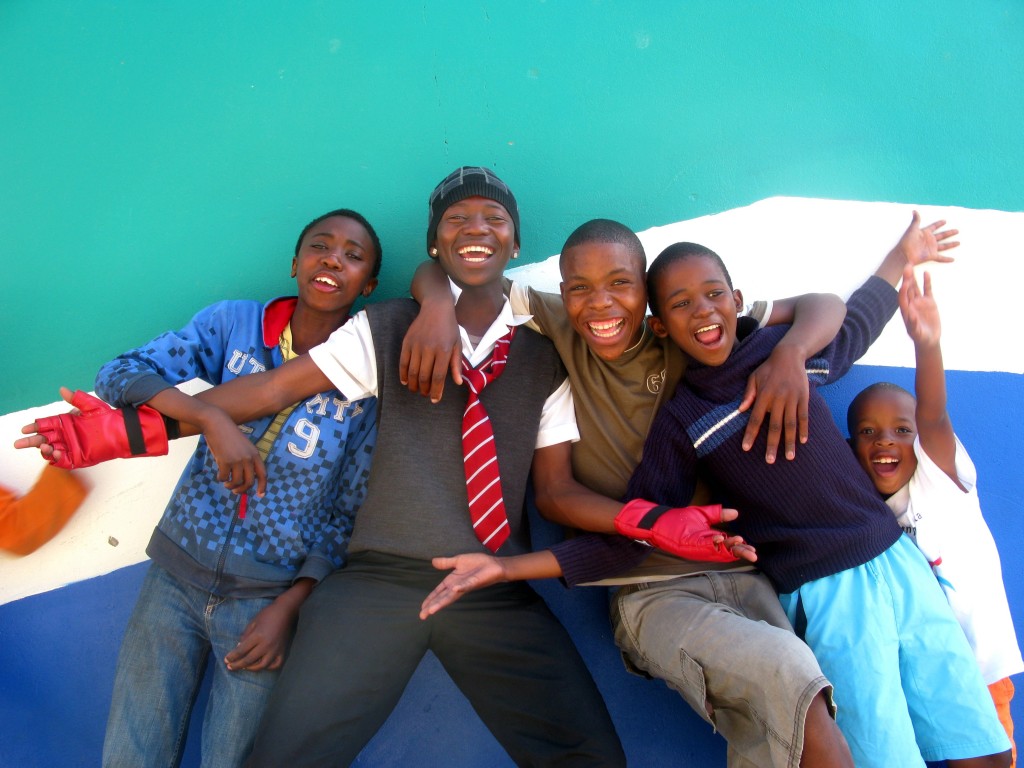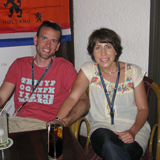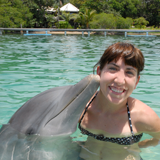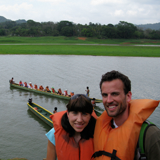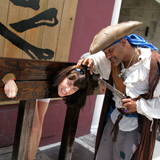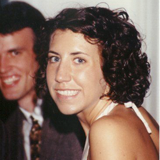Like many of our counterparts from past and present SaS voyages, we were a little apprehensive about visiting Vietnam. We assumed that the Vietnamese people would not take too kindly to us because of the blood that was shed here during the 1960’s and 1970’s. We found the exact opposite to be true.
We visited the Củ Chi Tunnels with Wayne and Libby and learned that they were created to serve as the North Vietnamese base of operations during the Tết Offensive in 1968. The protection and strategic advantages they provided helped the North Vietnamese drive out foreign military forces from that area. The tunnels were dug by hand and were three to four levels deep in some areas. They provided a safer living space for villagers than the war-riddled battleground above, connected villages to one another, and were easy to close up when compromised or dig again when destroyed.
We also visited the War Remnants Museum in Saigon. At Củ Chi we saw what awaited South Vietnamese, American, and other foreign military forces who happened upon North Vietnamese snipers or booby traps: a bloody and painful maiming or death. At the War Remnants Museum, we saw what awaited Vietnamese villagers and soldiers who happened to be in the path of the bombs, chemical weapons, guns, and bayonets of the opposition forces. As with every conflict, there are two sides to the story. We saw both sides in exhibits and photos and read about both sides in excerpts from American and Vietnamese media from that era. We came out pacifists. We’re not kidding.
The images and stories gathered in both places convey the absolute hell of war. We are sobered and heartbroken by the history between the U.S. and Vietnam. We have connections with many Vietnam veterans–people whom we love and respect, some of whom still cannot discuss what happened in Vietnam, all of whom still suffer from what happened in Vietnam. We have connections with those who protested the war, went to Canada, and refused to fight–also people we love and respect. We have met so many wonderful Vietnamese people here–they are a smiling, welcoming, warm people. They are so much like us–they have families, they have businesses, they have hopes, they have dreams. Thankfully, they have forgiving hearts that can separate the actions of a government from the actions of a soldier. Thankfully, they can separate the actions of a government from the heritage of a people. Thankfully, so can we. And so we are friends now. We are so glad for that, and we hope that the things that passed between us decades ago never happen again, here or anywhere.


